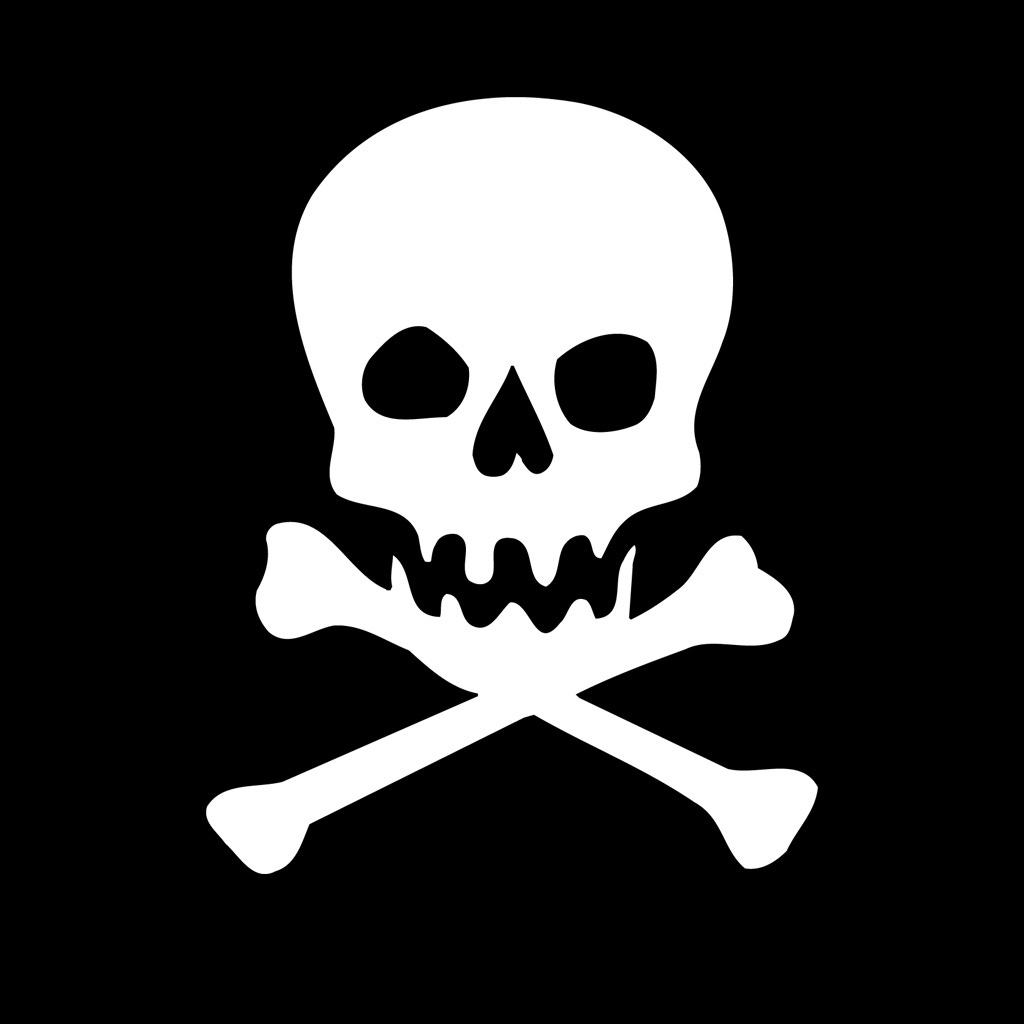Skull and Cross Bones
Halloween approaches. Do you know the origin of the skull and cross bones symbol?

A skull and cross bones is a symbol consisting of a human skull and two bones crossed together under the skull. The design originated in the Late Middle Ages as a symbol of death and especially as a memento mori (Latin for “remember that you will die”) on tombstones. [Ed: Thanks for the remi…


